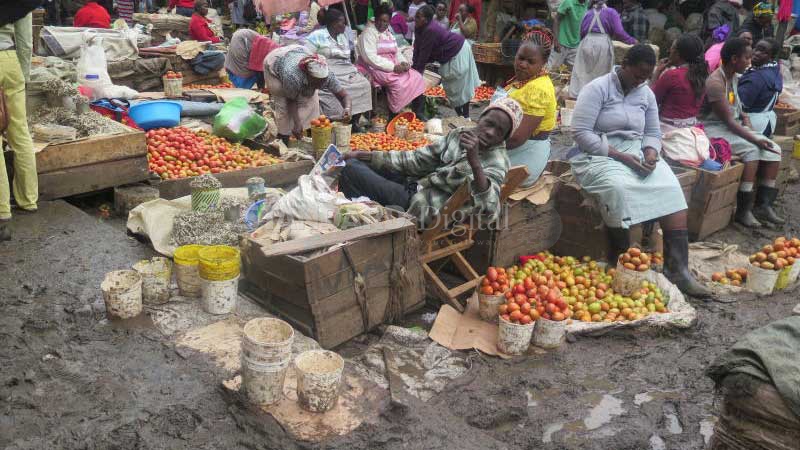×
The Standard e-Paper
Kenya’s Boldest Voice

A new survey on nutritional status has painted a grim picture with results showing that more than 50 per cent of households in the country faces food insecurity.
The baseline study conducted through the advocacy programme, Sustainable Diets for All, found that many families survived on one or two meals daily, exposing them to malnutrition.